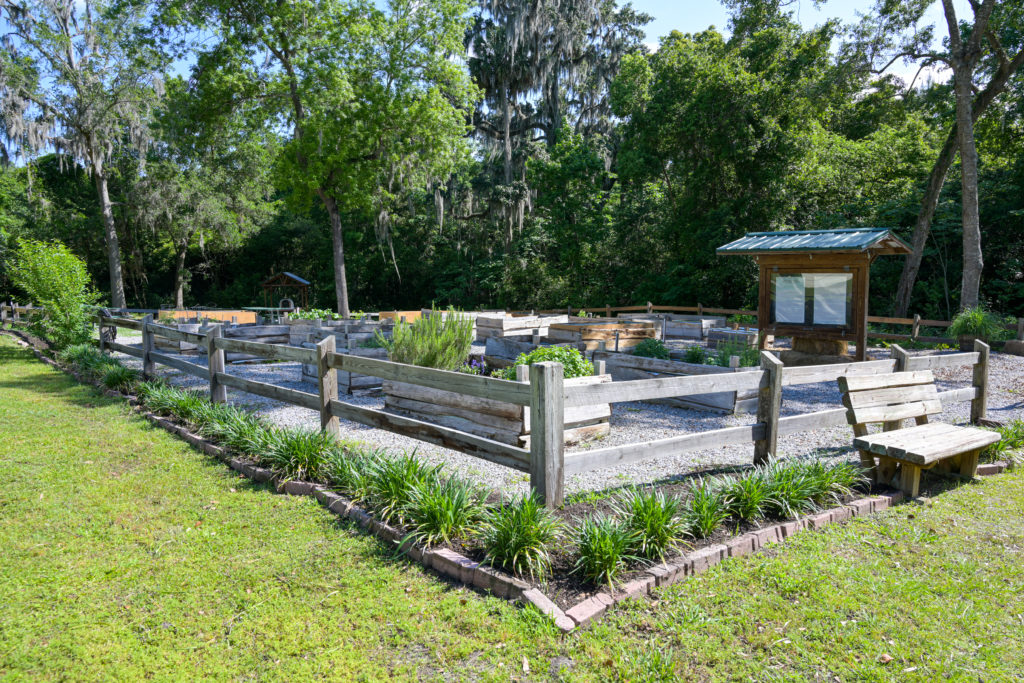The heritage garden at Fort King is dedicated to the memory of David Laffey, whose leadership and vision was an integral part of the Fort King Historical landmark. The crops you see growing are representative of crops grown in the 1800s.
The U.S. Army and Gardening
It was the U.S. Army’s hope that forts and garrisons would be more self-sufficient and not depend on supplies from the army. On September 11, 1818, a general departmental order stated, “the commanding officer of every permanent garrison…will annually cultivate a garden, by the troops under his command…” It is unknown whether Fort King had a garrison-run garden during its operation. What we do know is there were many agricultural and food traditions in Florida during the 1800s.
Cultural Influences on Florida Crops
The Seminole has an extensive and rich agricultural history, with large gardens hidden in the hammocks and amongst their villages. The Spanish brought cattle, sheep, and pigs to Florida along with their own food traditions. African agricultural practices and food culture entered Florida by way of escaped slaves and the Black Seminole. The European soldiers and pioneers coming from the north brought with them seeds and recipes from their cultures that were introduced to the region.

All these practices influenced the agriculture and food that was produced in Florida. Different cultures adapted their traditional gardens and food cultures to the untamed land to ensure survival. Fifteen years would pass before the Army would finally abandon its attempts at farming, concluding that it was not a reliable way of obtaining supplies.
The crops you see at the Fort King Heritage Garden are representative of what would have been grown in Florida during the Fork King time period.
The garden at Fort King is named for David Laffey (January 30, 1948 – January 1, 2019). David Laffey was a native of Ocala. He served 5 years on the Fort King Heritage Association board, of which three he served as president (2015-2018).
We are grateful for his leadership and vision. He will always be remembered as an integral part of the Fork King National Historic Landmark.


